| Rus | Eng |
 Moscone West Convention Center, San Francisco, California
Moscone West Convention Center, San Francisco, California
April 21-25, 2014
 The Materials Research Society is playing a major role in bringing the education, research and industrial communities together at the 2014 MRS Spring Meeting.
The Materials Research Society is playing a major role in bringing the education, research and industrial communities together at the 2014 MRS Spring Meeting.
Each year, the MRS Spring Meeting highlights groundbreaking innovations, explorations and discoveries in materials science. That year it kept this tradition by offering an exciting mix of well-established, popular topics and leading-edge research.
Symposium organizers from around the globe created a program of 57 technical symposia to capture the extraordinary progress in materials science and technology: energy, soft and biomaterials, electronics and photonics, nanomaterials, and theory and characterization.
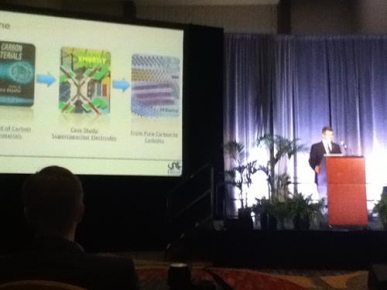 First day of the 2014 MRS Spring Meeting closes with the Fred Kavli Distinguished Lectureship in Nanoscience, where prof.Yury Gogotsi, Drexel University, gave his talk, "Not Just Graphene—The Wonderful World of Carbon (and Related) Nanomaterials".
First day of the 2014 MRS Spring Meeting closes with the Fred Kavli Distinguished Lectureship in Nanoscience, where prof.Yury Gogotsi, Drexel University, gave his talk, "Not Just Graphene—The Wonderful World of Carbon (and Related) Nanomaterials".
The Kavli Foundation supports scientific research, honors scientific achievement and promotes public understanding of scientists and their work. Its particular focuses are astrophysics, nanoscience and neuroscience.
Drexel Nanomaterials Griup director Dr. Yury Gogotsi was selected to give the Fred Kavli Distinguished Lectureship in Nanoscience at the 2014 Spring MRS meeting.
MRS TV featured an interview with Dr. Gogotsi about his talk, titled “Not Just Graphene — the Wonderful World of Carbon.”
Not Just Graphene—The Wonderful World of Carbon (and Related) Nanomaterials
Abstract
Carbon, with its variety of allotropes and forms, is the most versatile material and virtually any combination of mechanical, optical, electrical or chemical properties can be achieved by controlling its structure and surface chemistry. While graphite, carbon fibers, glassy carbon, activated carbons, carbon black and diamond are widely used nowadays, fullerenes (also polymerized, endohedral and exohedral fullerides), carbon onions (multi-shell fullerenes), nanotubes (dozens of varieties), whiskers, nanofibers, cones, nanohorns, nanodiamonds and other nanoscale carbons have been attracting much attention in the past 20–30 years. Graphene is the latest example and is now the most widely researched.
There are already thousands of carbon nanomaterials to choose from, and we need different materials to meet a variety of performance requirements. It will be shown on an example of supercapacitor electrodes that 0D and 1D nanoparticles, such as onions and nanotubes, deliver very high power due to fast ion sorption/desorption on their outer surfaces. Two-dimensional graphene offers higher charge-discharge rates compared to porous carbons and high volumetric energy density.
Three-dimensional porous activated, carbide-derived and templated carbon networks, having a high surface area and porosity in the Ångströms or nanometers range, can provide high energy density if the pore size is matched with the electrolyte ion size. Finally, carbon-based nanostructures further expand the range of nanomaterials available to us—recently discovered 2D transition metal carbides (MXenes) have already grown into a family with a dozen members in less than 3 years, and can challenge graphene in some applications.
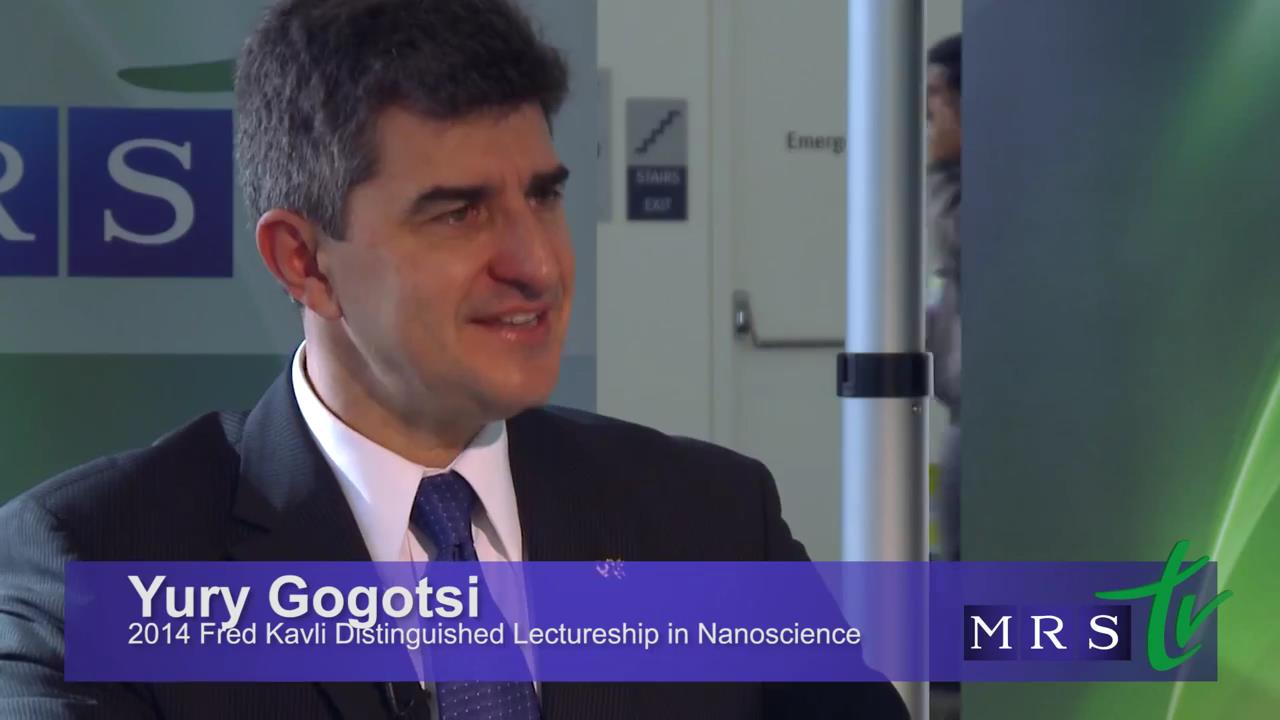
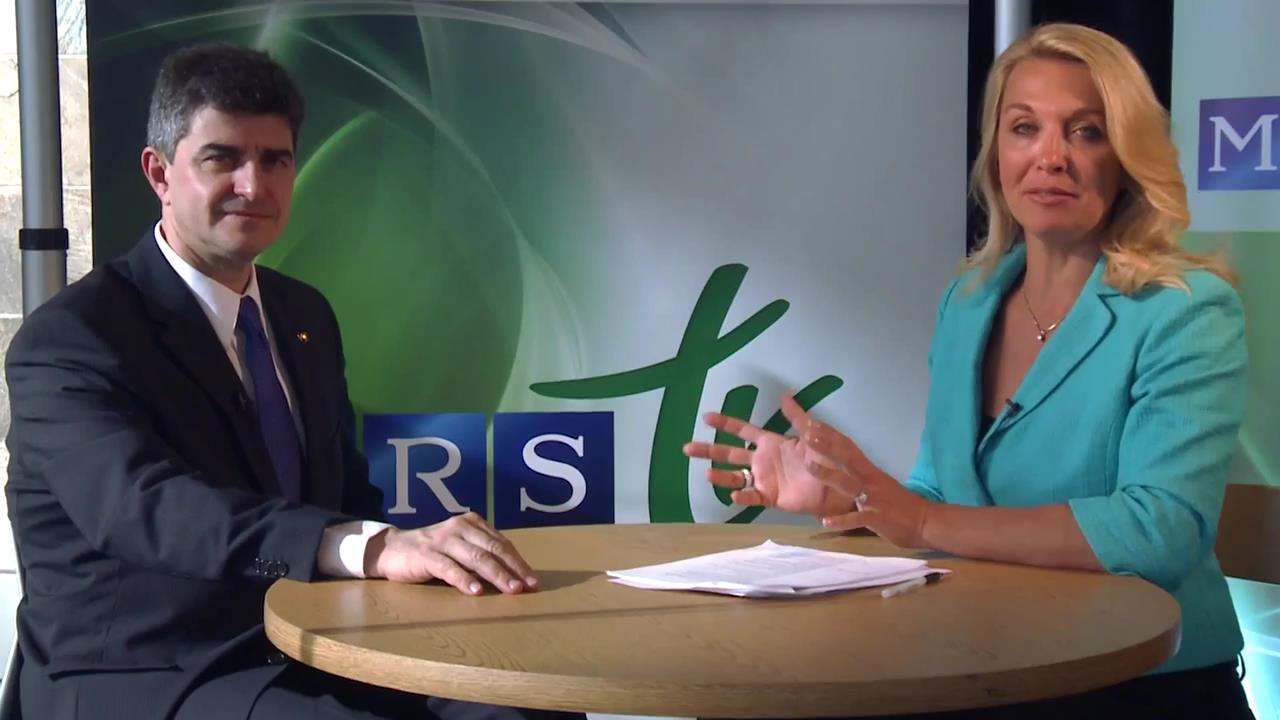
Source: www.mrs.org



 Highlights
Highlights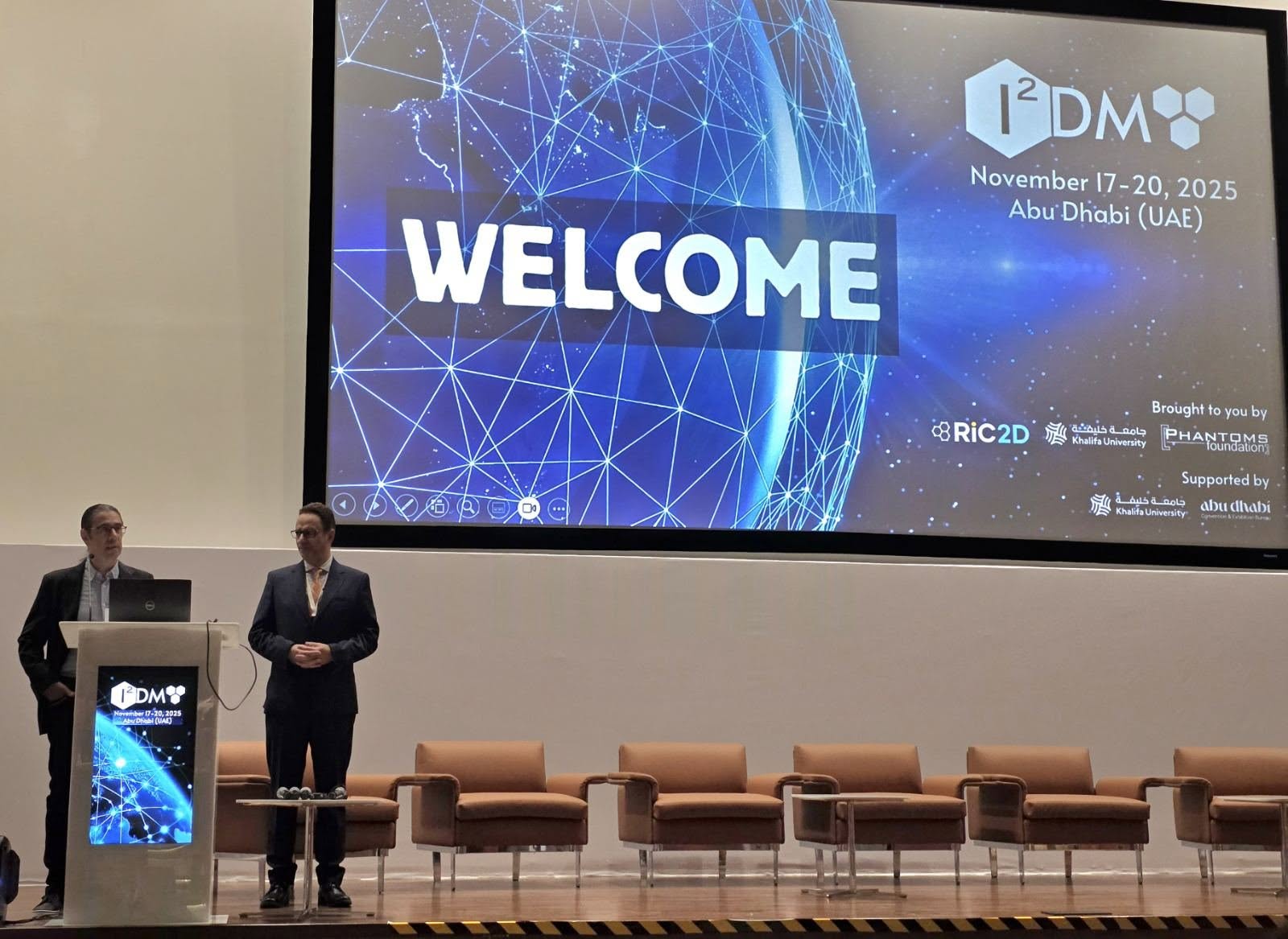 We are excited to share that our Carbon-Ukraine (Y-Carbon LLC) company participated in the I2DM Summit and Expo 2025 at Khalifa University in Abu-Dhabi! Huge thanks to Research & Innovation Center for Graphene and 2D Materials (RIC2D) for hosting such a high-level event.It was an incredible opportunity to meet brilliant researchers and innovators working on the next generation of 2D materials. The insights and energy from the summit will definitely drive new ideas in our own development.
We are excited to share that our Carbon-Ukraine (Y-Carbon LLC) company participated in the I2DM Summit and Expo 2025 at Khalifa University in Abu-Dhabi! Huge thanks to Research & Innovation Center for Graphene and 2D Materials (RIC2D) for hosting such a high-level event.It was an incredible opportunity to meet brilliant researchers and innovators working on the next generation of 2D materials. The insights and energy from the summit will definitely drive new ideas in our own development. Carbon-Ukraine team had the unique opportunity to visit XPANCEO - a Dubai-based deep tech startup company that is developing the first smart contact lenses with AR vision and health monitoring features, working on truly cutting-edge developments.
Carbon-Ukraine team had the unique opportunity to visit XPANCEO - a Dubai-based deep tech startup company that is developing the first smart contact lenses with AR vision and health monitoring features, working on truly cutting-edge developments. Our Carbon-Ukraine team (Y-Carbon LLC) are thrilled to start a new RIC2D project MX-Innovation in collaboration with Drexel University Yury Gogotsi and Khalifa University! Amazing lab tours to project collaborators from Khalifa University, great discussions, strong networking, and a wonderful platform for future collaboration.
Our Carbon-Ukraine team (Y-Carbon LLC) are thrilled to start a new RIC2D project MX-Innovation in collaboration with Drexel University Yury Gogotsi and Khalifa University! Amazing lab tours to project collaborators from Khalifa University, great discussions, strong networking, and a wonderful platform for future collaboration.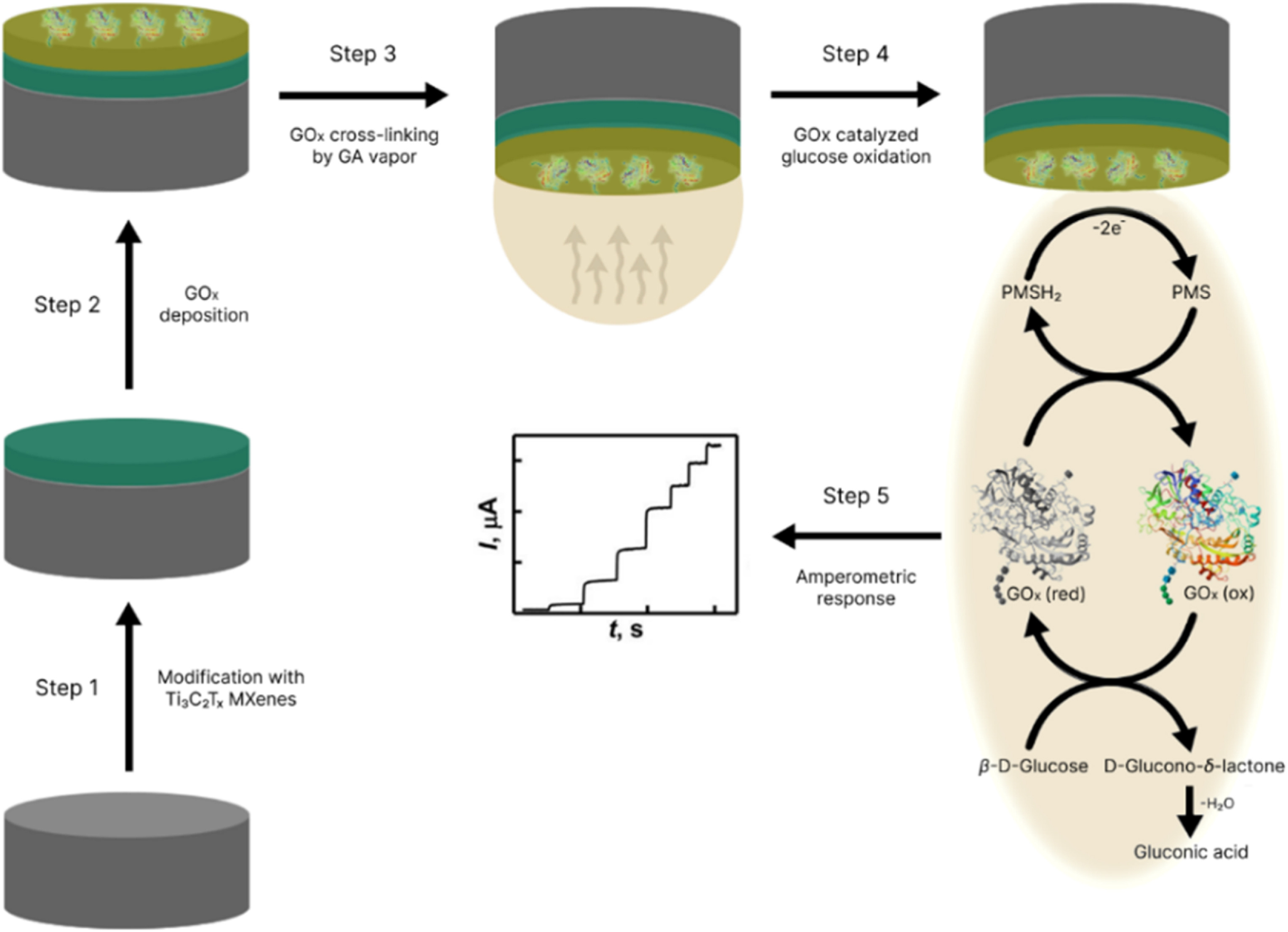
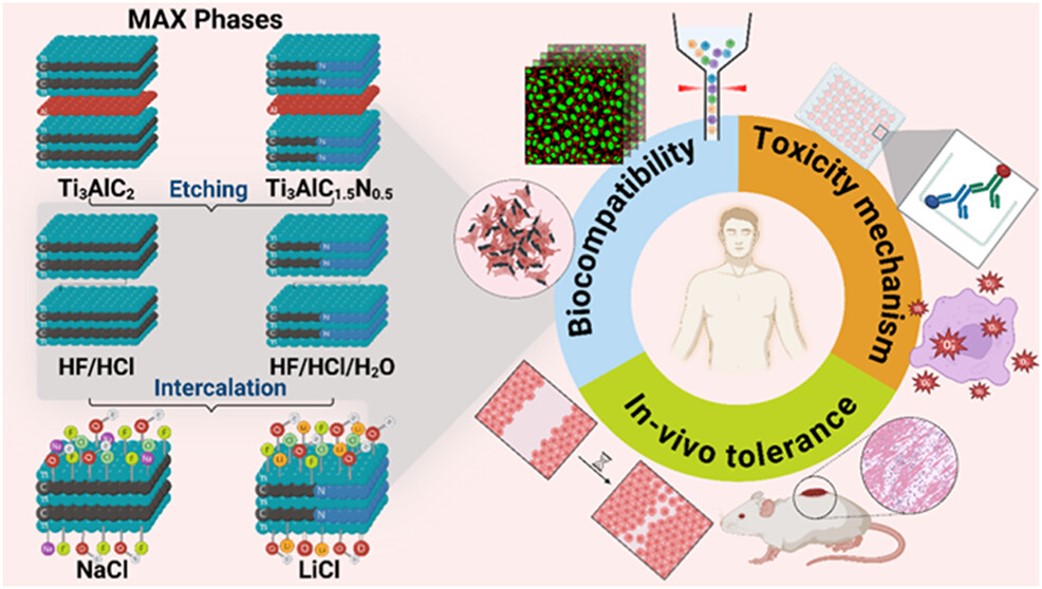 MXenes potential applications include sensors, wound healing materials, and drug delivery systems. A recent study explored how different synthesis methods affect the safety and performance of MXenes. By comparing etching conditions and intercalation strategies, researchers discovered that fine-tuning the surface chemistry of MXenes plays a crucial role in improving biocompatibility. These results provide practical guidelines for developing safer MXenes and bring the field one step closer to real biomedical applications.
MXenes potential applications include sensors, wound healing materials, and drug delivery systems. A recent study explored how different synthesis methods affect the safety and performance of MXenes. By comparing etching conditions and intercalation strategies, researchers discovered that fine-tuning the surface chemistry of MXenes plays a crucial role in improving biocompatibility. These results provide practical guidelines for developing safer MXenes and bring the field one step closer to real biomedical applications. An excellent review highlighting how MXene-based sensors can help tackle one of today’s pressing environmental challenges — heavy metal contamination. Excited to see such impactful work moving the field of environmental monitoring and sensor technology forward!
An excellent review highlighting how MXene-based sensors can help tackle one of today’s pressing environmental challenges — heavy metal contamination. Excited to see such impactful work moving the field of environmental monitoring and sensor technology forward!
 Carbon-Ukraine team was truly delighted to take part in the kickoff meeting of the ATHENA Project (Advanced Digital Engineering Methods to Design MXene-based Nanocomposites for Electro-Magnetic Interference Shielding in Space), supported by NATO through the Science for Peace and Security Programme.
Carbon-Ukraine team was truly delighted to take part in the kickoff meeting of the ATHENA Project (Advanced Digital Engineering Methods to Design MXene-based Nanocomposites for Electro-Magnetic Interference Shielding in Space), supported by NATO through the Science for Peace and Security Programme. Exellent news, our joint patent application with Drexel University on highly porous MAX phase precursor for MXene synthesis published. Congratulations and thanks to all team involved!
Exellent news, our joint patent application with Drexel University on highly porous MAX phase precursor for MXene synthesis published. Congratulations and thanks to all team involved! Our team was very delighted to take part in International Symposium "The MXene Frontier: Transformative Nanomaterials Shaping the Future" – the largest MXene event in Europe this year!
Our team was very delighted to take part in International Symposium "The MXene Frontier: Transformative Nanomaterials Shaping the Future" – the largest MXene event in Europe this year!  Last Call! Have you submitted your abstract for IEEE NAP-2025 yet? Join us at the International Symposium on "The MXene Frontier: Transformative Nanomaterials Shaping the Future" – the largest MXene-focused conference in Europe this year! Final Submission Deadline: May 15, 2025. Don’t miss this exclusive opportunity to showcase your research and engage with world leaders in the MXene field!
Last Call! Have you submitted your abstract for IEEE NAP-2025 yet? Join us at the International Symposium on "The MXene Frontier: Transformative Nanomaterials Shaping the Future" – the largest MXene-focused conference in Europe this year! Final Submission Deadline: May 15, 2025. Don’t miss this exclusive opportunity to showcase your research and engage with world leaders in the MXene field! We are excited to announce the publication of latest review article on MXenes in Healthcare. This comprehensive review explores the groundbreaking role of MXenes—an emerging class of 2D materials—in revolutionizing the fields of medical diagnostics and therapeutics. Read the full article here: https://doi.org/10.1039/D4NR04853A.
We are excited to announce the publication of latest review article on MXenes in Healthcare. This comprehensive review explores the groundbreaking role of MXenes—an emerging class of 2D materials—in revolutionizing the fields of medical diagnostics and therapeutics. Read the full article here: https://doi.org/10.1039/D4NR04853A. Congratulations and thank you to our collaborators from TU Wien and CEST for very interesting work and making it published! In this work, an upscalable electrochemical MXene synthesis is presented. Yields of up to 60% electrochemical MXene (EC-MXene) with no byproducts from a single exfoliation cycle are achieved.
Congratulations and thank you to our collaborators from TU Wien and CEST for very interesting work and making it published! In this work, an upscalable electrochemical MXene synthesis is presented. Yields of up to 60% electrochemical MXene (EC-MXene) with no byproducts from a single exfoliation cycle are achieved. Congratulations to all collaborators with this interesting joint work!
Congratulations to all collaborators with this interesting joint work!